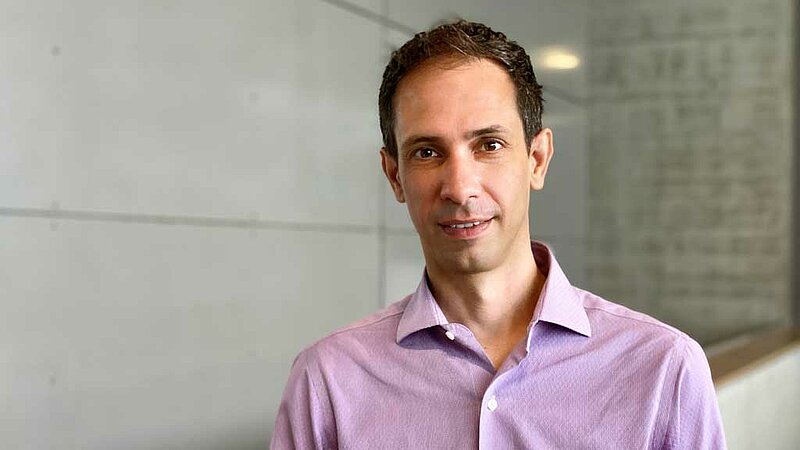Prof. Otger Campàs: Sculpting Life - How Physics Shapes Organisms // University-Wide Inaugural Lecture
4:40 pm — 6:10 pm
Schönfeld-Auditorium, Barkhausen Building I90, Helmholtzstraße 18, 01069 Dresden
Prof. Otger Campàs (PoL)
RA1Campàs Group
Sculpting Life: How Physics Shapes Organisms
In his inaugural lecture, Prof. Campàs will discuss the physical processes that cells use to collectively shape tissues during embryonic development.
The presentation will be held in English.
Program
- Welcome: Prof. Dr. Ursula M. Staudinger, Rector of TUD
- Laudatio Prof. Dr. Otger Campàs: Prof. Dr. Stefan Diez, Chair for BioNanoTools (CMCB), RA Leader at Cluster of Excellence PoL
- Inaugural Lecture: Sculpting Life: How Physics Shapes Organisms by Prof. Dr. Otger Campàs
- Discussion: Moderated by Prof. Dr. Stefan Diez
- Champagne Reception
Abstract
During embryonic development, cells self-organize to build functional structures, like tissues and organs, and progressively shape the organism. While many key molecular players that orchestrate embryonic development are known, the physical mechanisms underlying embryonic morphogenesis remain elusive, mainly because of a lack in methodologies enabling direct in vivo and in situ measurements of physical quantities within developing 3D tissues and organs. My group has developed novel techniques that allow direct quantitative measurements of mechanical forces and material properties within 3D multicellular systems, including developing embryonic tissues, opening new avenues to study the physical control of embryonic development. Using these techniques and focusing on the elongation of the body axis, a hallmark morphogenetic process in vertebrate development, we revealed a new physical mechanism of tissue morphogenesis whereby spatiotemporally controlled fluid-to-solid (phase) transitions in the tissue physical state guide tissue flows to shape functional embryonic structures. Our data showed that the observed fluid-to-solid transition in the tissue state was caused by jamming of the cellular tissue architecture, mimicking transitions in inert systems like foams, emulsions or colloidal glasses. Combining direct mechanics measurements and quantitative live imaging of cells, we found that the shaping of the vertebrate body axis occurs through a physical process similar to glass molding, an unexpected result that changes our current views of how tissues are physically sculpted during embryogenesis.
Please note that you need to register for this on-site event. If you would like to attend the on-site event, please confirm your attendance to Julia Abram (julia.abram@tu-dresden.de) by April 7, 2022.
Please be aware of the respective valid regulations of the Saxon Corona Protection Ordinance.
On the day of the event, a live stream will also be available.
Further information concerning speaker, event, lecture and the link to the live-stream is available on https://tu-dresden.de/exzellenz/uwil or contact julia.abram@tu-dresden.de, if you have any questions.
